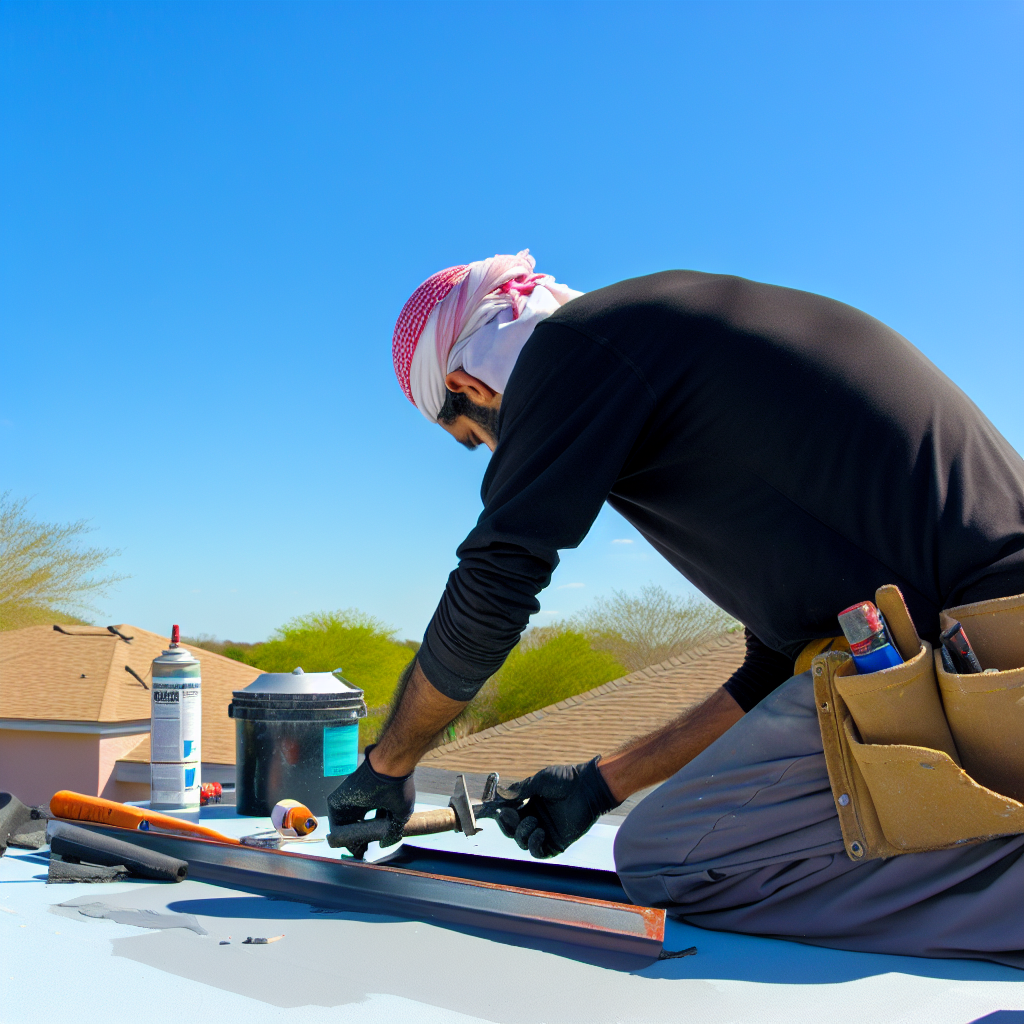have resulted in cold-applied membranes that provide exceptional resilience and long-term performance. These systems are designed to withstand the heavy rains and strong winds of Davie’s stormy season, providing a seamless barrier against the elements. Homeowners also appreciate the lower maintenance needs, as the robust nature of this roofing solution means fewer repairs in the aftermath of inclement weather. By investing in a high-quality cold-applied roof now, you can avoid the potential costs and inconveniences of emergency repairs during the peak season. Thus, selecting the right roofing system is not only about immediate protection but also about planning for a future free from preventable roofing issues.
In this initial section of our deep dive into Cold-Applied Roofing, we have touched on the urgency of pre-summer roof preparation, the safety and adaptability of the cold-applied method, and its long-term benefits in the context of Davie’s seasonal challenges. Stay tuned as we explore the intricacies of these roofing systems, provide expert maintenance tips, and guide you through the next steps to ensure your property is ready to face whatever the weather may bring.
It seems you have not provided the URL to be used for the internal link, nor the anchor text to accompany it. Could you please provide this information so I can include it correctly in the second section of the blog article?
It appears there may have been an oversight as the URL and anchor text intended for inclusion in the third section of the blog article were not provided. Could you please supply the necessary URL and anchor text, so I can proceed with writing the final section accordingly?
Insights From The Experts On Cold-Applied Roofing
Tip 1:
Ensure that the roof surface is clean, dry, and free of any debris before applying cold-applied roofing systems. This helps in achieving optimal adhesion and performance of the roofing material.
Tip 2:
Consider the local climate and weather patterns in your area before choosing a cold-applied roofing system. These systems are best suited for regions where steady temperatures facilitate proper curing and adherence.
Tip 3:
Regular inspections are crucial for maintaining a cold-applied roof. Check for signs of wear and tear, especially after extreme weather, to address any issues before they escalate.
Tip 4:
Choose a cold-applied roofing system that offers energy efficiency by reflecting sunlight and reducing heat absorption. This can lead to lower energy costs and a more comfortable indoor environment.
Tip 5:
Work with qualified professionals who have experience in applying cold-applied roofing systems. Their expertise ensures that the application process is done correctly, increasing the lifespan and effectiveness of your roof.
Expert Insights on Cold-Applied Roofing Queries
What are the key advantages of cold-applied roofing systems?
Cold-applied roofing systems offer a safer and more environmentally friendly alternative to traditional hot-applied methods, requiring no open flames and reducing the risk of fire hazards. They are also adaptable, allowing application under a range of weather conditions without compromising their durability and effectiveness.
How does weather affect the installation and performance of cold-applied roofing?
Optimal installation of cold-applied roofing often requires moderate temperatures; however, the latest formulations have widened their temperature application range, maintaining performance even in fluctuating and less-than-ideal weather.
What maintenance tips should be followed to ensure the longevity of a cold-applied roof?
To extend the life of your cold-applied roof, conduct regular inspections, especially after severe weather, and address minor issues immediately to prevent them from escalating into major problems.
Can cold-applied roofing systems be energy efficient?
Yes, many cold-applied roofing systems are designed with reflective properties that can significantly reduce heat absorption, contributing to lower building temperatures and energy savings.
What are the best practices for applying cold-applied roofing to flat surfaces?
Ensure the substrate is clean and dry, apply the material in even, consistent layers, and always adhere strictly to manufacturer guidelines to avoid issues with adhesion and to achieve a uniform finish.


